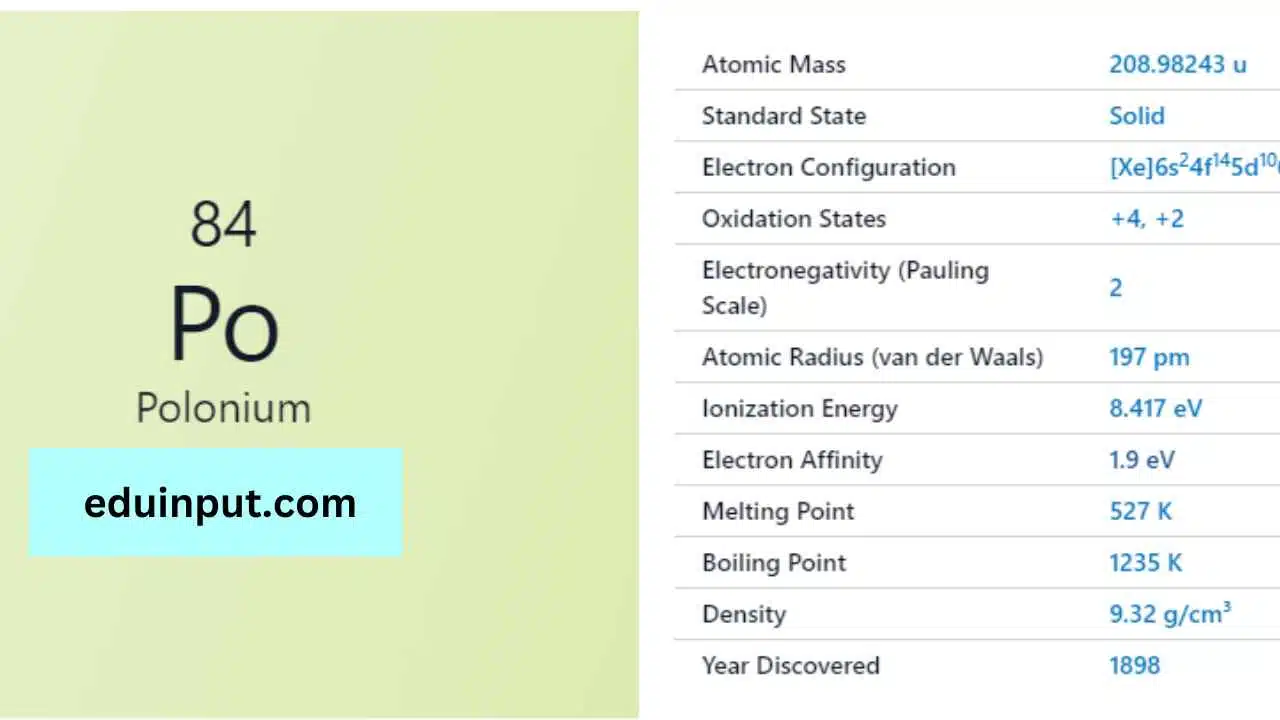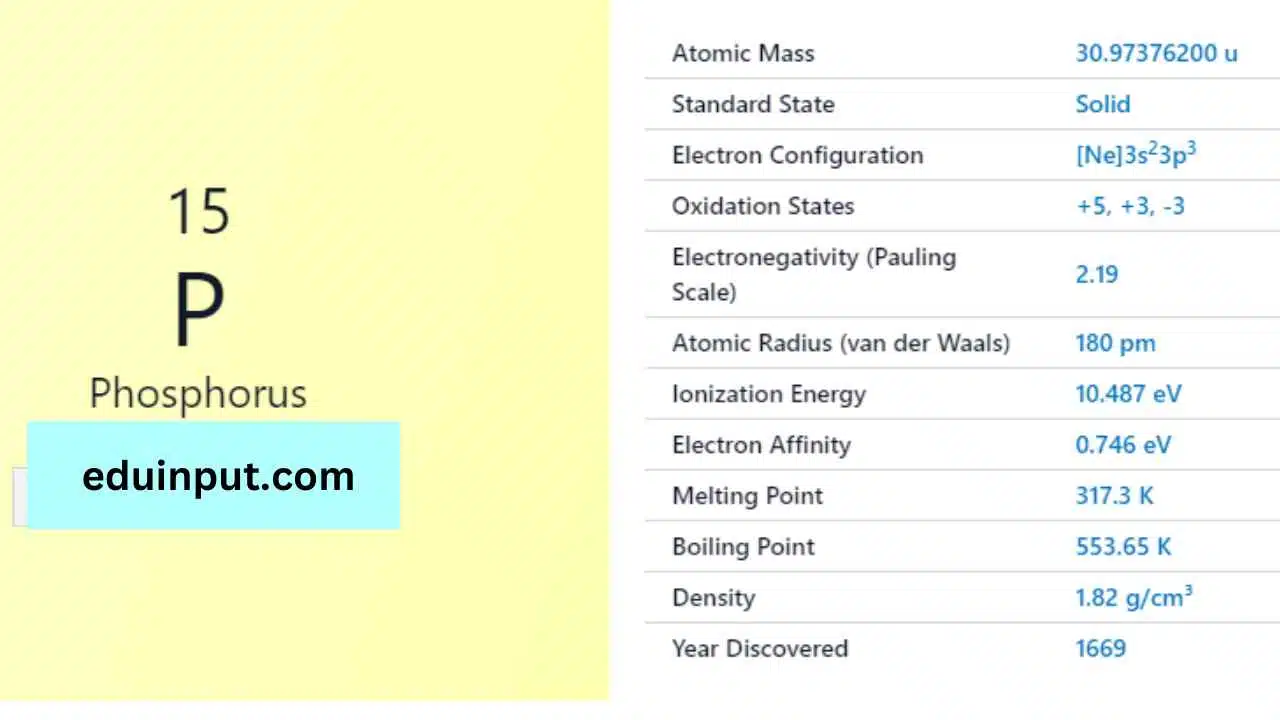Moscovium-Discovery, Properties,And Applications
Moscovium is a synthetic element that was first synthesized in 2003 by a team of Russian and American scientists. It is a highly radioactive element with a very short half-life, and as such, very little is known about its properties and characteristics.

| Property | Value |
| Name | Moscovium |
| Symbol | Mc |
| Atomic number | 115 |
| Relative atomic mass (Ar) | (longest-lived isotope) |
| Standard state | Presumably a solid at 298 K |
| Appearance | Unknown, probably metallic and silvery white or grey in appearance |
| Classification | Metallic |
| Group in periodic table | 15 |
| Group name | Pnictogen |
| Period in periodic table | 7 |
| Block in periodic table | p |
| Shell structure | 2.8.18.32.32.18.5 |
| CAS Registry | 54085-64-2 |
Discovery
Moscovium was first synthesized by a team of Russian and American scientists at the Joint Institute for Nuclear Research (JINR) in Dubna, Russia, in 2003. The team bombarded americium-243 with calcium-48 ions, producing moscovium-288.
Physical Properties
As a synthetic element, very little is known about moscovium’s physical properties. It is expected to be a solid metal at room temperature and to have a silvery-white appearance. It is also expected to be highly radioactive, with a very short half-life.
Chemical Properties
Because moscovium is so short-lived, it is unlikely to have any practical chemical applications. However, it is expected to behave like other elements in the same group of the periodic table, such as bismuth.
Facts
- Moscovium is named after the city of Moscow, where the Joint Institute for Nuclear Research is located.
- The discovery of moscovium was formally recognized by the International Union of Pure and Applied Chemistry (IUPAC) in 2016.
Applications
Due to its highly unstable nature, moscovium is unlikely to have any practical applications in the near future. However, its discovery helps to expand our understanding of the properties and behavior of synthetic elements.







Leave a Reply